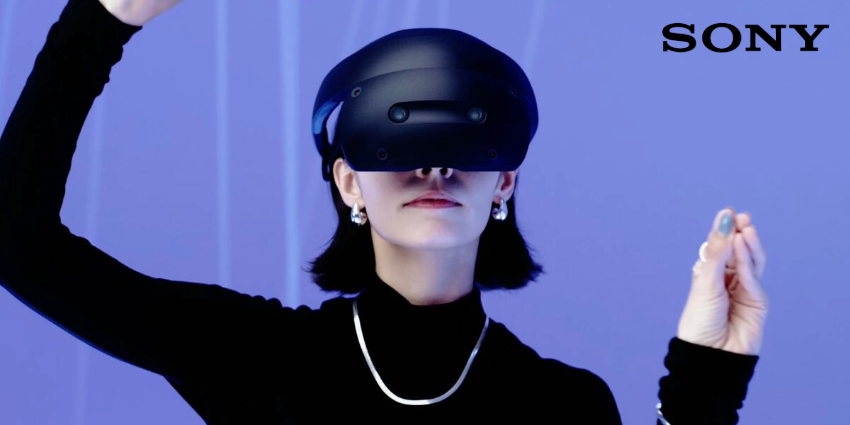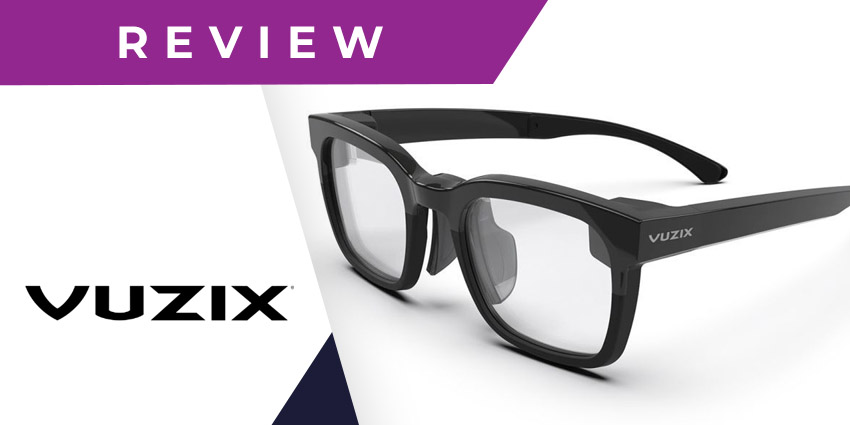The Solos AirGo 3 specs are some of the most exciting new smart glasses to emerge in the immersive marketplace. While virtual and mixed reality headsets, like the Apple Vision Pro and Meta Quest 3 earned most of the attention last year, 2024 is emerging as the year of the smart glasses.
Numerous innovative solutions were introduced at CES 2024 at the beginning of the year, including XReal’s new “Ultra” spatial glasses. This year, vendors seem to be redefining the concept of “smart glasses” to encompass solutions beyond those focused on augmented reality.
Solos, for instance, is bringing the “smart” back into smart glasses. Like Meta with its RayBan glasses and the Amazon Echo Frames, Solos is infusing its specs with artificial intelligence. The Solos AirGo 3 specs, featuring built-in ChatGPT AI assistance, could represent a powerful new tool for hands-free productivity in the modern workplace.
We took a closer look at the Solos AirGo 3 glasses to share our insider insights.
Solos AirGo 3 Quick Verdict, Pros and Cons
The Solo AirGo 3 specs may not be a spatial computing phenomenon, but they’re definitely smart. The tech-infused glasses allow you to interact with your smartphone hands-free just by tapping the temple section of the frame. They even come with real-time language translation.
However, they do have some potential downsides. There are no AR capabilities, and the price point is pretty high for what you actually get.
Pros:
- Exceptional audio quality with EQ.
- Stylish design with customization options.
- User-friendly setup with intuitive controls.
- Fast and responsive AI assistant.
- Support for prescription eyeglasses.
Cons:
- Relatively expensive glasses
- Some buttons can be difficult to locate
Solos AirGo 3 Review: Overview and Specs
The Solos AirGo Smart Glasses actually aren’t just one set of specs; they’re a full portfolio of options (sharing similar features) available in different styles. You can choose between the “Argon” glasses, “Xeon” glasses, and “Helium” sports glasses, depending on your preferred style.
For this review, we’re looking at the “Argon” lineup, which is a little more expensive than the alternatives but doesn’t include any specifically unique features. All versions come with an IP67 waterproof rating, a 7-10 hour battery life, and integrated artificial intelligence.
Thanks to the modular design of the glasses, you can also disconnect the temples and fit new frames onto your specs, purchased from the Solos Glasses website.
Some of the core specs include:
- USB charging (7-10 hours of battery life)
- Virtual buttons to connect to your phone
- Splashproof IP67 design
- Touch sensor controls for volume
- Modular frame options
- Bluetooth enabled
- AI integration (powered by ChatGPT)
- Beamforming microphones
Solos AirGo 3 Review: Design and Comfort
Most smart glasses promise an experience similar to traditional specs, but few live up to this promise. Most AR-enabled glasses, like the RayNeo Air 2 specs, are sleek but quite chunkier than your standard eyewear. The Solos AirGo 3 specs are a little different.
While once again, they’re slightly heavier than most glasses, they look and feel very similar to a normal pair of specs. In fact, most people wouldn’t notice you’re actually wearing smart glasses at a glance. That’s like in part because the glasses have fewer features than their AR alternatives.
Regarding overall design and feel, the specs are pretty similar to the Ray-Ban Meta smart glasses, which were also recently updated with new AI features in 2024. They’re lightweight, making them ideal for all-day wear, and they look pretty attractive. You can even swap between different frame options to get the aesthetic you prefer.
The right temple of the glasses houses the beamforming microphones, which use whisper audio technology to reduce background noise during calls. We thought the microphones were excellent at picking up speech, even in a cluttered office environment.
The right side of the glasses is also home to a touch-sensitive panel, which allows you to turn the volume up or down, capture and record audio, or speak to your AI assistant. While these buttons are very responsive, they can be challenging to locate. We recommend getting to know your glasses before relying on them for fast-paced tasks.
Solos AirGo 3 Review: The Audio and Battery
Since the Solos AirGo 3 glasses don’t feature augmented reality capabilities or digital screens, we can’t comment much on the visuals. However, it’s worth noting Solos does support prescription lenses, so you’ll have no problem accessing the ideal clarity for your needs.
What we did notice, however, is the audio, offered by twin semi-open speakers, curved to direct sound into your ear. Compared to most smart glasses, the speakers can get surprisingly loud, and you can use your phone (plus the Solos app) to adjust volume and audio quality on the move.
Since the speakers are semi-open, there’s a risk that some sound can leak out depending on the volume you choose. However, at lower volumes, they’re relatively good at preserving your privacy. You could also consider using a pair of Bluetooth headphones or earbuds alongside the glasses if you’re worried about disrupting your colleagues in the office.
Another point worth noting about the Solos AirGo 3 specs is they can last for a decent amount of time. If you’re just listening to audio, such as a recording or podcast, they’ll stream for up to 10 hours. They also offer up to 7 hours of phone call time on a single charge.
Plus, since you don’t get any AR or screen mirroring capabilities with these specs, there’s no need to connect them to your phone via a pesky wire. That could lead to a more comfortable experience for some users who want their specs to be totally “hands-free.”
The AI and Smart Glasses Software
Now let’s look at the thing that actually makes the Solos AirGo 3 specs “smart”: the inclusion of intelligent software. When you setup your Solos glasses, you’ll be prompted to download the accompanying “AirGo” app for iOS or Android.
The app pairs the glasses to your phone via Bluetooth and provides step-by-step instructions for configuring your specs and accessing all of the available features. We found the setup to be extremely straightforward and pretty quick. You’ll learn how to interact with your glasses, create a Solos account, and customize your EQ settings and AI agent.
The AI capabilities of the glasses mean you can instantly translate audio, or speak to an “AI coach”. However, the SolosChat feature is probably the most exciting capability. Powered by ChatGPT (from OpenAI), this powerful solution gives you a virtual assistant built into your specs.
By pressing the frame’s “virtual action” button, you can speak prompts to the bot and get creative responses in seconds. The bot is extremely good at responding to prompts quickly and accurately. Plus you can choose from different voice options. We think this feature makes the Solos AirGo 3 glasses a great solution for business users.
With these specs, you can conduct hands-free calls in real-time for immersive collaboration, access AI support wherever you are, and rapidly eliminate language barriers when communicating with your peers. The SolosTranslate feature definitely adds to that last use case, delivering near-instant translations with a phenomenal level of accuracy.
The Final Verdict
Though these glasses aren’t a great option for those in search of immersive augmented reality experiences, they still qualify as smart specs. They work well in a variety of situations, whether you’re looking for help from an AI assistant on your latest project or communicating with teams.
The built-in microphones are particularly impressive, capturing your voice with exceptional clarity, even when you’re mumbling or navigating busy environments. Solos seems to be taking advantage of the evolving “intelligent wearable” landscape, looking beyond extended reality into new ways to use glasses to enhance productivity and performance.
Though the price of the glasses might seem a little high, we think they’re actually worth the cost if you’re looking for an excellent combination of style, comfort, and performance. Who knows? Solos may even choose to partner with other XR developers to build a new pair of spatial computing specs to join their line-up in the future.
In the meantime, we recommend giving these glasses a try if you’re looking for a future-focused communication tool with its own AI assistant.







